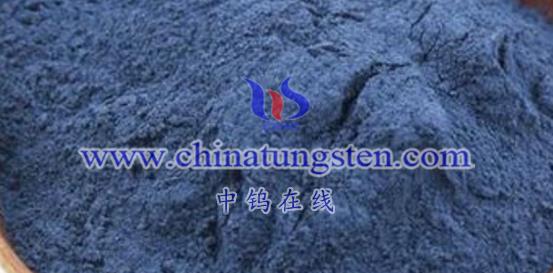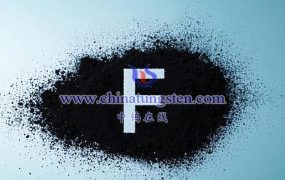
Cesium tungsten bronze nanoparticles (CsxWO3, where x < 1) possess a range of unique chemical properties, primarily stemming from their non-stoichiometric composition and the special octahedral structure of oxygen. Below is a detailed summary of the chemical properties of cesium tungsten bronze nanoparticles:
- Chemical Composition and Structure
- Chemical Composition:
Cesium tungsten bronze nanoparticles are composed of three elements: cesium (Cs), tungsten (W), and oxygen (O). The cesium content (x value) is less than 1, forming a non-stoichiometric compound. - Crystal Structure:
They feature a unique octahedral structure, where the tungsten atoms are located at the center of oxygen octahedra, and cesium atoms occupy the interstitial spaces between the octahedra. This structure gives cesium tungsten bronze nanoparticles several superior physical and chemical properties.
- Optical Properties
- Near-Infrared Absorption:
Cesium tungsten bronze nanoparticles exhibit strong absorption capabilities for infrared light with wavelengths greater than 1100 nm, particularly in the near-infrared range (e.g., 780-2500 nm). This characteristic significantly enhances their thermal insulation properties compared to traditional materials. - Visible Light Transmittance:
In the visible light range (wavelength 380-780 nm), cesium tungsten bronze nanoparticles have a high transmittance, meaning they do not interfere with indoor lighting conditions.
- Electrical Properties
- Low Resistivity:
Cesium tungsten bronze nanoparticles possess low resistivity, making them potentially useful for electronic devices and conductive materials. - Low-Temperature Superconductivity:
Under certain conditions, cesium tungsten bronze nanoparticles may exhibit low-temperature superconductivity. This property is significant for research and applications involving superconducting materials.
- Chemical Stability
- Weather Resistance:
Cesium tungsten bronze nanoparticles show good weather resistance, maintaining stable performance under various environmental conditions. For example, after continuous exposure to xenon lamps for 72 hours, their appearance shows no significant changes; after immersion in hot water (60°C) for 168 hours, their infrared blocking rate only decreases by 1.8%.
- Other Properties
- Tunability:
The properties of cesium tungsten bronze nanoparticles can be finely tuned by adjusting their cesium content. As the cesium content increases, the concentration of free charge carriers in the material increases, further enhancing absorption in the near-infrared region. - Biocompatibility:
In medical applications, cesium tungsten bronze nanoparticles must exhibit good biocompatibility to ensure their safety within the body. While specific studies may vary, surface modifications and encapsulation treatments can generally enhance their biocompatibility.
- Application Prospects
Given the chemical properties mentioned above, cesium tungsten bronze nanoparticles show great potential in a wide range of applications, including:
- Thermal insulation materials
- Medical treatments
- Textiles
- Military applications
- Industrial manufacturing
- Infrared filter devices
With ongoing technological advancements and deeper research, the application fields of cesium tungsten bronze nanoparticles are expected to further expand and develop.
Conclusion
Cesium tungsten bronze nanoparticles possess a unique chemical composition, crystal structure, and excellent optical, electrical, and chemical stability, providing a solid foundation for their application across multiple fields.
More details of tungsten oxide product, please visit website: tungsten-oxide.com
Please contact CHINATUNGSTEN for inquiry and order of tungsten oxide:
Email: sales@chinatungsten.com
Tel.: 86 592 5129595






